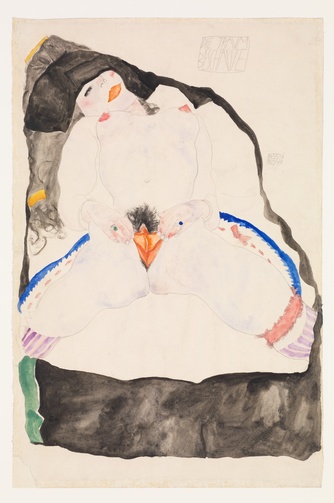The Great Correction
Scholarship and research might sound boring, but they’re very dynamic and alive— always changing. The presumptions that undergird entire disciplines have shifted over the last few decades due to who is conducting research. For example, because female primatologists have brought new forms of empathy, curiosity, and identification to their studies, the science in this field has improved markedly. We now know much more about the social and sexual behaviors of non-human female primates. We have learned that maternal and sexual strategizing were huge selection pressures in evolution! Female monkeys and apes aren’t just passive players in the game of sex, “being mounted” by males—they’re soliciting copulations, building support networks, evading male control, and much more.
Meanwhile, the field of sex research has seen an influx of female scientists over the last few years, and our concept of human female sexuality is shifting alongside this influx. One important recent shift is that the criteria in the DSM has changed. No longer will the diagnosis hypoactive desire disorder be used. Now we’re going to call it sexual interest arousal disorder. It might not seem like much, but it’s a shift that grows out of new research on how women get turned on. We are creatures who more tend to experience triggered or responsive desire, rather than spontaneous desire. I recently wrote about what I call “The Great Correction,” in which everyone from female standup comics to primatologists and anthropologists, sex researchers to #metoo activists, and artists from Beyonce to Roxane Gay are changing the way we think about female sexuality and femaleness more generally.
In other news, some vibrator scholarship has been recently challenged! Dr. Rachel Maines, in her book The Technology of Orgasm, wrote what she now describes as hypotheses but which many scholars did not consider provisional. Her work received numerous prestigious science awards and was cited by dozens of respected scholars. (There was even a popular play about her findings!) But recently, a graduate student and her advisor did a deep dive into primary sources to shore up Maines’s assertions . . . and came up empty-handed. These revelations only crossed over into the mainstream earlier this month, after my new book UNTRUE had already gone to print. The exciting news here is that there is now enough focus on female sexuality that the scholarship is morphing and changing. And what remains unchanged is that vibrators are awesome playthings. Here’s to ever more insights on the topic of what women want and why we want it!
